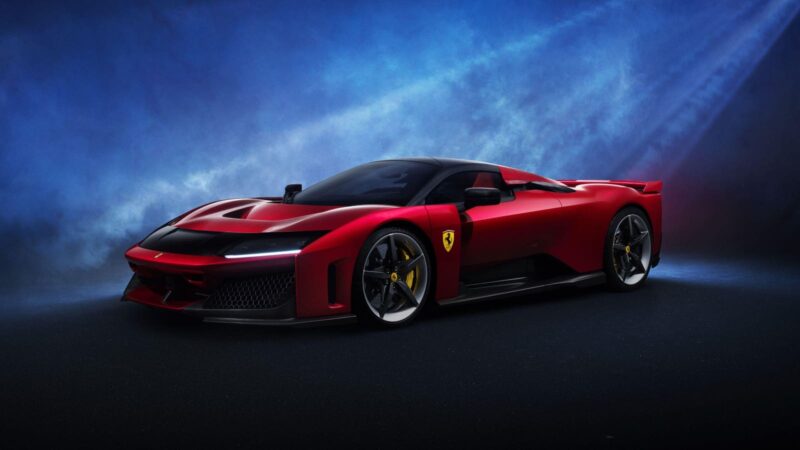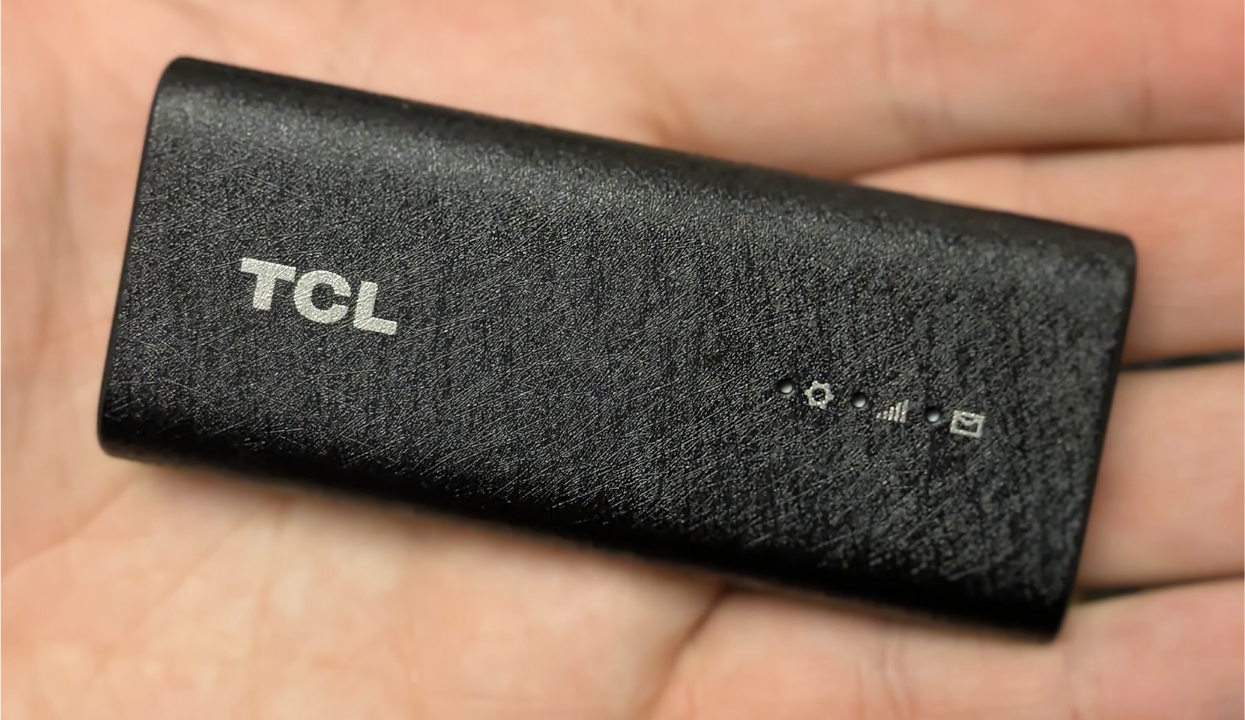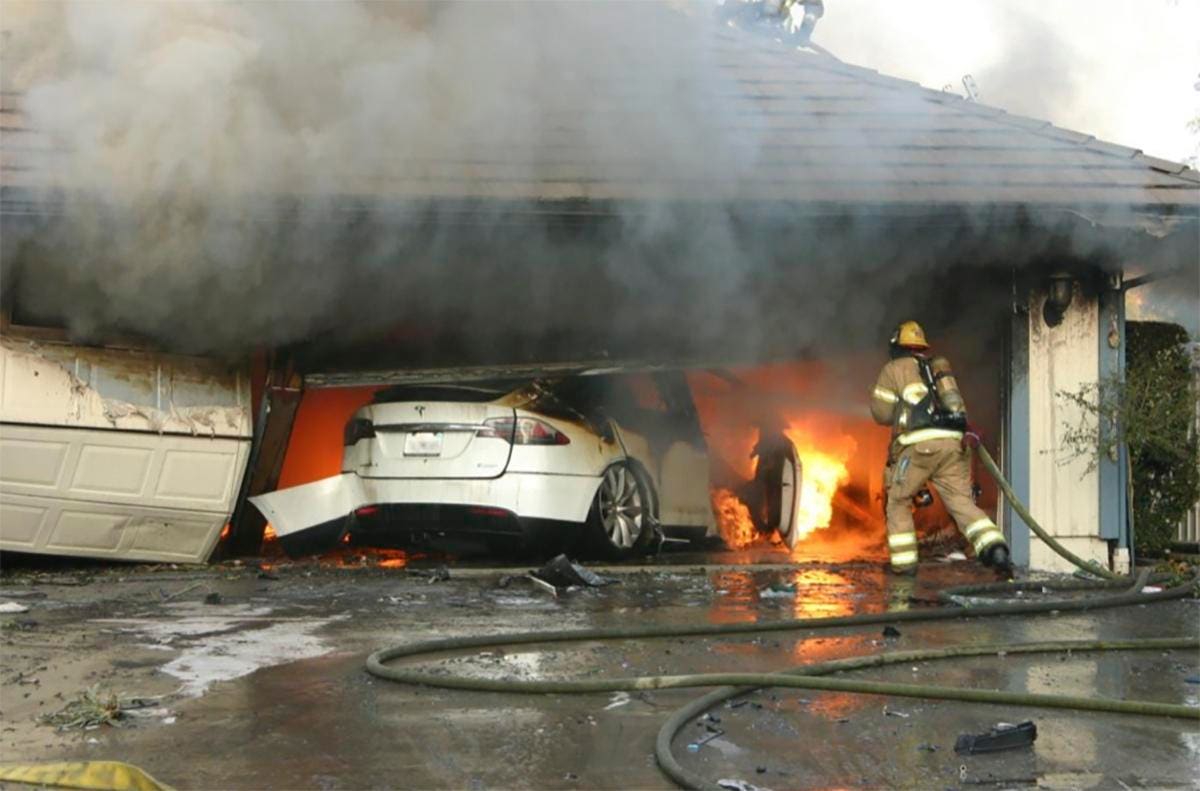If a well-established name like Porsche can make electric car errors so huge its stock price can lose almost half its value in a year, what’s so special about Ferrari?
In a couple of weeks, investors will gather for a special briefing – a so-called Capital Markets Day in the jargon – hosted by Ferrari to take stock of the company’s performance, provide an in-depth look at long-term prospects, and showcase its first electric vehicle.
Unlike Porsche, one mistake that Ferrari definitely hasn’t made is to overestimate the potential for high-priced electric vehicles. Porsche has done just that and been forced to scale back its electric plans, reinstate combustion engine models and hybrids, and watch its share price dive by almost 50% in a year while issuing three profit warnings.
Ferrari has been criticized for not embracing electric power soon enough. Its leaders will be feeling smug in the aftermath of Porsche’s problems as they unveil the first Ferrari EV at the meeting October 9, the almost-ready for prime-time Elettrica. This will be unveiled in final form next Spring, with deliveries starting a year from now.
Not that Ferrari hasn’t generated moments of anxiety for its shareholders. A couple of months ago, Ferrari’s share price suddenly dived 12% after worries that its golden record through thick and thin might have come to an end.
Analysts believe the negative reaction was due to a misunderstanding of company expectations after the second-quarter earnings report. The company usually understates its financial outlook, then “surprises” investors by doing better. Some investors misinterpreted this traditional modesty for weakness and the share price dived to around €375. It has since recovered to just over €405.
Not quite enough Ferraris to meet demand
Meanwhile, Ferrari reiterated its policy of making just enough luxury sports cars and an SUV to not quite meet demand. Ferrari net profit in the second quarter rose to €425 million ($492 million) from €413 million ($478 million) in the same period last year. Revenues rose 4.4% to €1.79 billion ($2.1 billion). It delivered 3,494 sports cars and SUVs, up 10.
Ferrari said it has strong confidence in and reiterated its guidance for 2025, which said revenues will top €7 billion ($8.1 billion) with adjusted earnings before interest, tax, depreciation and amortization (EBITDA) of at least €2.68 billion ($3.1 billion).
Berenberg Bank recommended investors buy Ferrari shares, in a research note initiating its coverage of the company with a price target of €484. It described Ferrari as a compelling long-term investment.
Model of Ferrari Laferrari.
getty
“The company maintains an 18-to-24-month order backlog and high customer loyalty with 81% of 2024 sales going to existing owners, 48% of whom already owned multiple Ferraris. We estimate that the true demand is 2-3x Ferrari’s annual shipment volumes,” Berenberg Bank said in the note.
“We expect a shift from volume-driven growth to higher-contribution-margin price/mix-driven revenue growth. We believe Ferrari can reach a 32% operating margin and double-digit earnings growth in the next five years,” according to the report.
Ferrari luxury premium justified
“Ferrari stands apart from the auto sector as a Hermes-style luxury compounder, in our view, justifying investors’ ongoing willingness to pay a premium,” the bank said.
Porsche also had this premium status, but this is unlikely to survive its current crisis.
Investment bank UBS, in a review of the upcoming meeting entitled “CMD preview: Accelerating returns”, said expectations for Ferrari had risen recently so there is a risk the meeting underwhelms if it fails to deliver improved prospects.
“The EV reveal is a key “known-unknown’, with strategic choices around positioning – limited edition versus range model – likely to shape sentiment. Our base case assumes a gradual ramp-up to about 900 units by 2028, priced below €450,000 ($526,000), aimed at attracting new customers and delivering incremental volumes,” UBS said.
“We see Ferrari entering a phase of lower capital intensity, following years of investment in hybridization, electrification and manufacturing infrastructure,” UBS said.
One dark cloud on the horizon for Ferrari is the European Union zero carbon dioxide emissions plan, which would effectively ban the sale of new combustion engine vehicles by 2035.
Inconvenient EU CO2 rules likely to change
But political pressure is expected to dilute this. Even if the ban isn’t postponed, it’s hard to see the EU persisting with rules which would destroy limited-volume manufacturers like Ferrari, Aston Martin or McLaren.
The outlook for Ferrari looks strong, but are there any problems lurking in the shadows?
Frank Schwope, automotive industry lecturer at the University of Applied Sciences FHM Berlin, doesn’t think so.
“Ferrari’s board of directors has proven to be more astute than that of many other companies. A postponement of the combustion engine phase-out would, of course, benefit Ferrari in particular. I do not anticipate a serious crisis at Ferrari, except perhaps if there were to be technical issues with the vehicles,” Schwope said in an email.
“Even if there were a crisis, Ferrari, as a super-luxury manufacturer, would certainly recover more quickly than Porsche. Porsche is also likely to recover in the coming quarters. Porsche is not Opel, and Ferrari is not Porsche.”
Berenberg Bank said the meeting will provide clues about the prospects for the Elettrica.
Will it be up to the job? Ferrari owners are used to announcing their arrival with the raucous scream of a 12-cylinder engine.
“Debate centers on whether Ferrari’s first electric vehicle will be able to preserve the brand’s core DNA enough to resonate with clients; owner feedback suggests an uphill battle, and we believe Maranello should announce a more measured electrification strategy,” the bank said.









